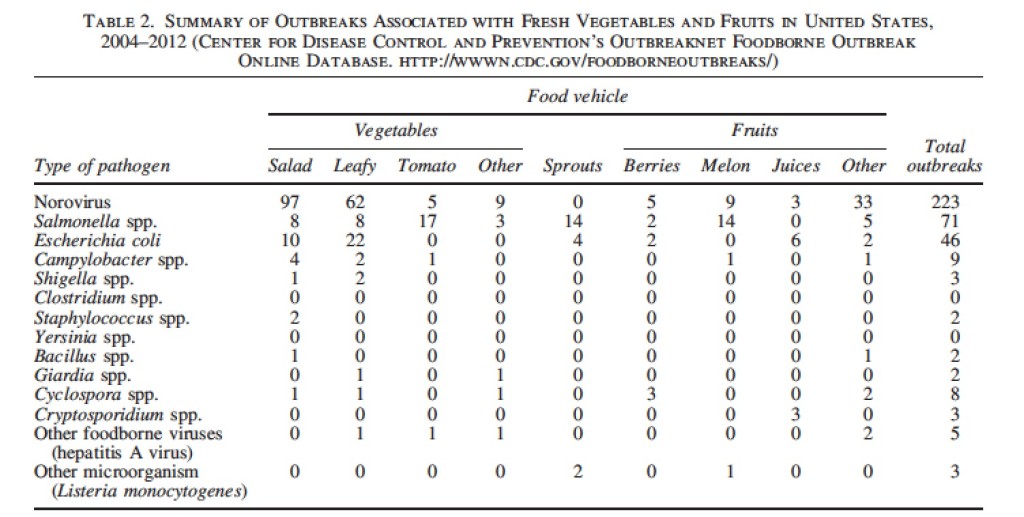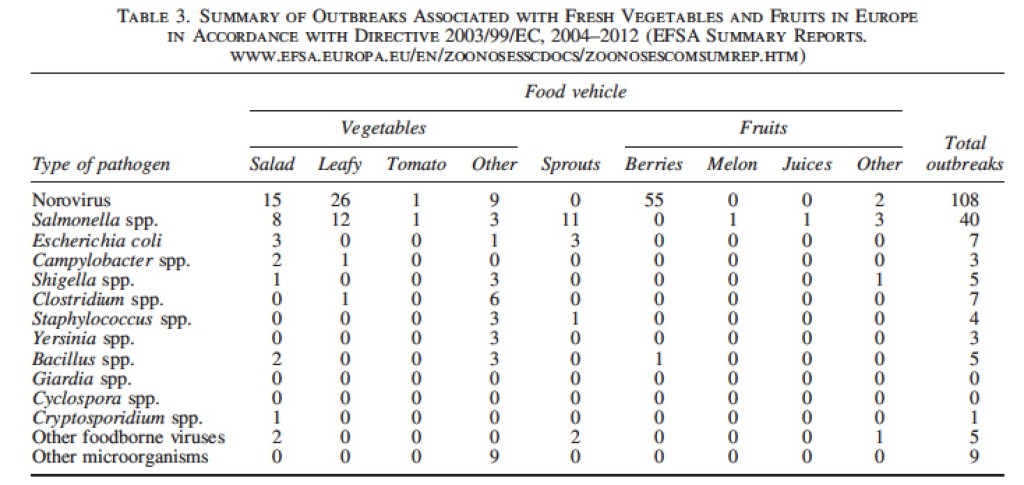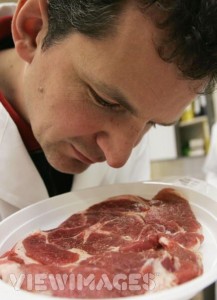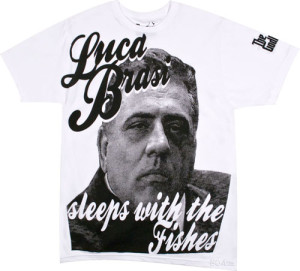In 2013, it was shown that 32 out of 35 National Reference Laboratories (NRLs) in the European Union were able to detect high and low levels of Salmonella in minced chicken meat. Two laboratories made an initial transcription error when processing the raw data, which led to their performance being rated as ‘moderate’.
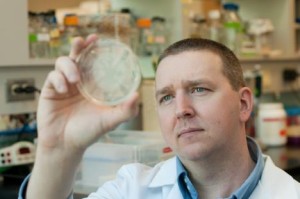 One laboratory continued to underperform during the follow-up study. Despite a significant improvement, this laboratory still had a sensitivity problem in the detection of Salmonella. Depending on the method used, the laboratories detected Salmonella in 61 to 78% of the contaminated samples. The detection of Salmonella in this study was made more difficult because of high levels of “interfering” bacteria in the minced chicken meat. These are some of the conclusions of the Sixth EU Interlaboratory Comparative Study of Food Samples, which was organized by the European Union Reference Laboratory for Salmonella (EURL-Salmonella).
One laboratory continued to underperform during the follow-up study. Despite a significant improvement, this laboratory still had a sensitivity problem in the detection of Salmonella. Depending on the method used, the laboratories detected Salmonella in 61 to 78% of the contaminated samples. The detection of Salmonella in this study was made more difficult because of high levels of “interfering” bacteria in the minced chicken meat. These are some of the conclusions of the Sixth EU Interlaboratory Comparative Study of Food Samples, which was organized by the European Union Reference Laboratory for Salmonella (EURL-Salmonella).
Interlaboratory comparative study obligatory for EU Member States
The study was conducted in September 2013, with a follow-up study in January 2014. Participation was obligatory for all EU Member State NRLs that are responsible for the detection of Salmonella in food samples. EURL-Salmonella is part of the Dutch National Institute for Public Health and the Environment (RIVM).
The laboratories used three internationally accepted analysis methods (RVS, MKTTn and MSRV) to detect the presence of Salmonella in minced chicken meat. Each laboratory received a package of minced chicken meat contaminated with two different concentrations of Salmonella Infantis, or containing no Salmonella at all. The laboratories were required to analyse the samples for the presence of Salmonella in accordance with the study protocol. In this study, the RVS and MSRV analysis methods produced significantly better results than the MKTTn method in terms of detecting Salmonella in minced chicken meat. This underscores the benefits of using more than one analysis method.
 Two new procedures were introduced and were positively received. For the first time, a food matrix was artificially contaminated with a diluted culture of Salmonella at the EURL-Salmonella laboratory. The NRLs were no longer required to combine the Salmonella samples. The feasibility of this procedure for subsequent studies will be assessed for each study. Furthermore, the participating laboratories were able to submit their findings via the Internet. This procedure will be optimized and continued.
Two new procedures were introduced and were positively received. For the first time, a food matrix was artificially contaminated with a diluted culture of Salmonella at the EURL-Salmonella laboratory. The NRLs were no longer required to combine the Salmonella samples. The feasibility of this procedure for subsequent studies will be assessed for each study. Furthermore, the participating laboratories were able to submit their findings via the Internet. This procedure will be optimized and continued.



